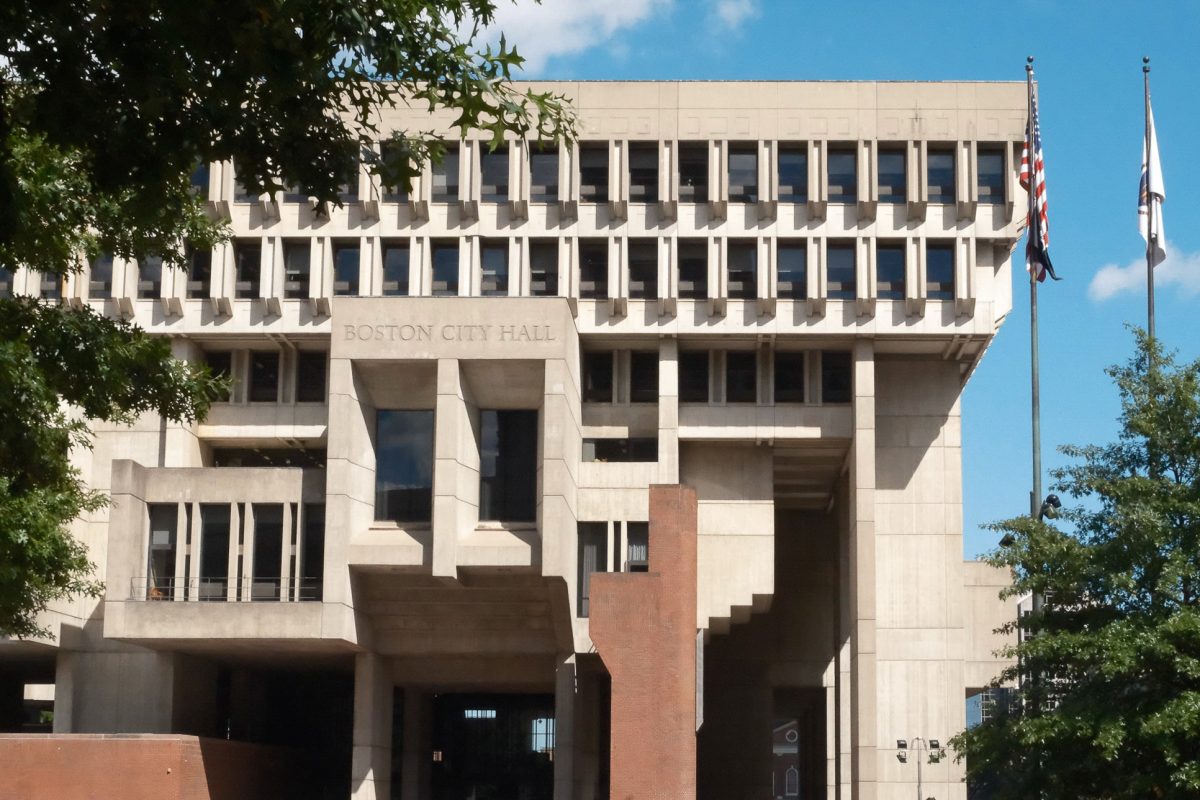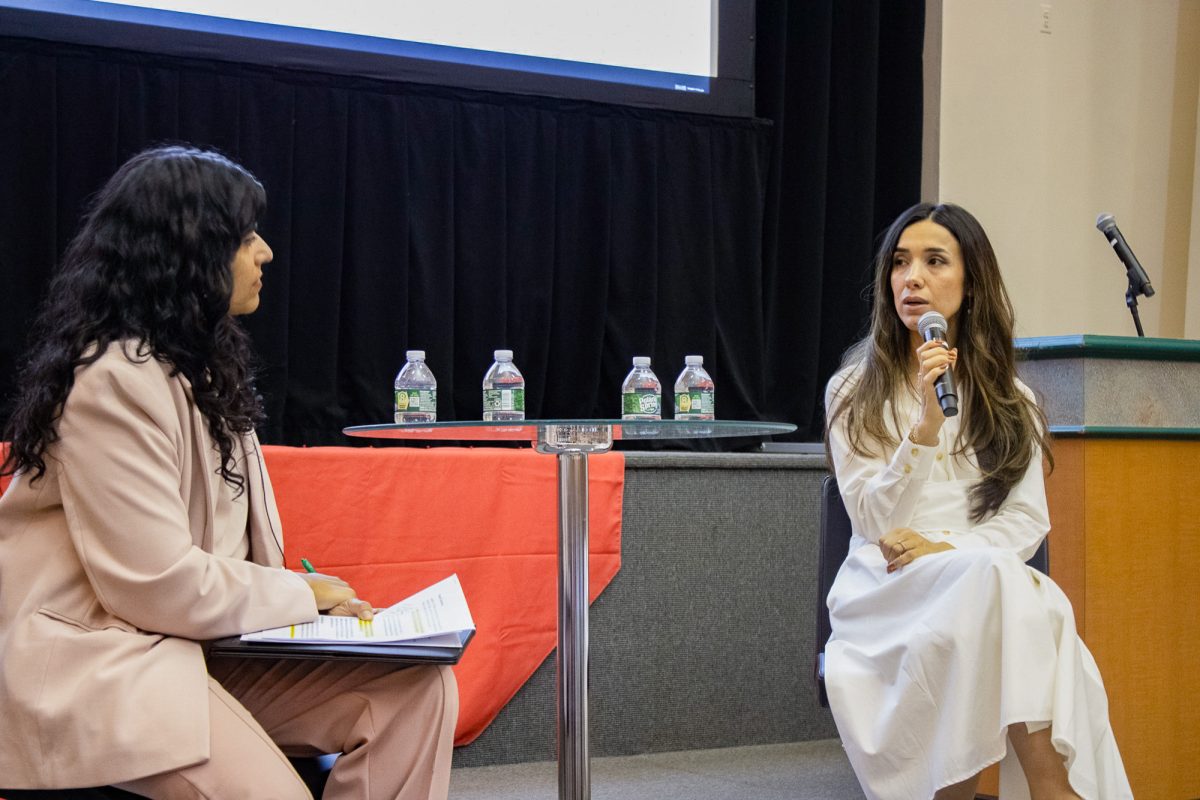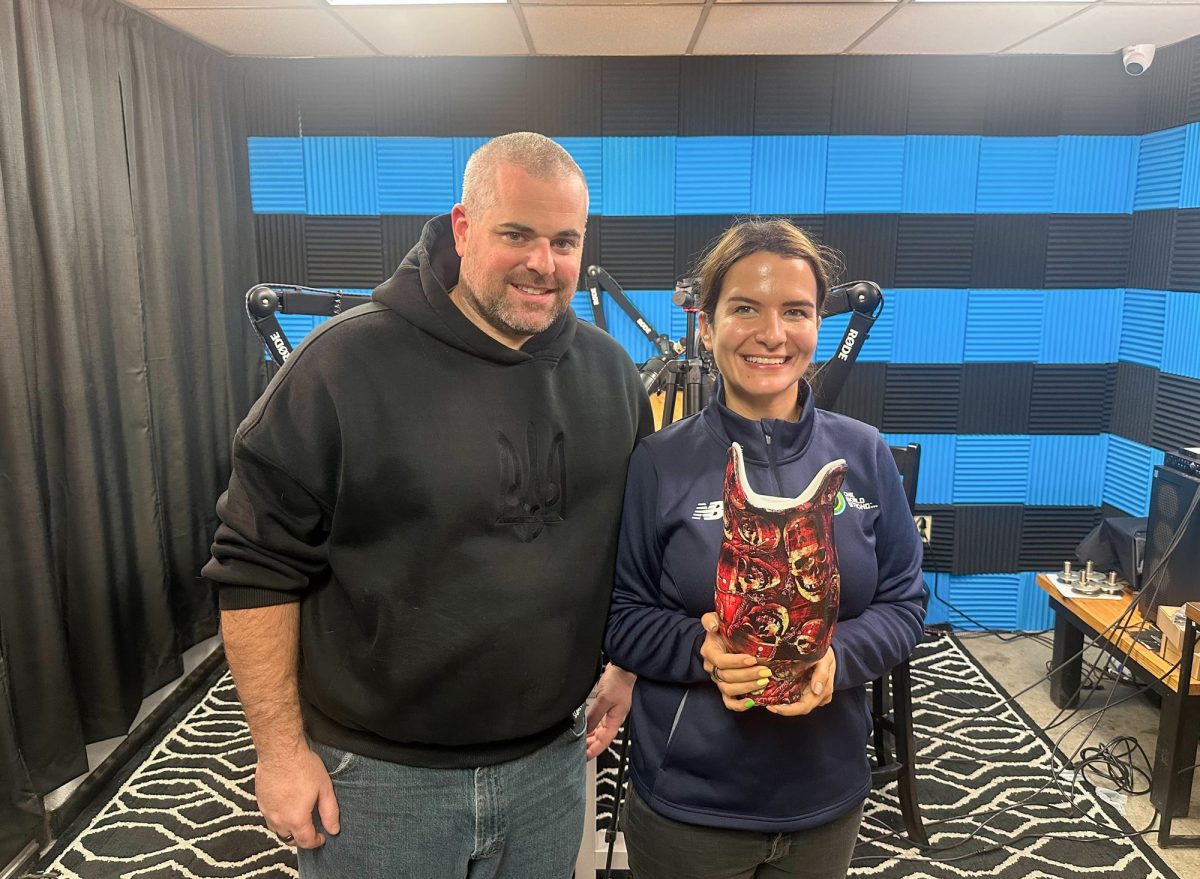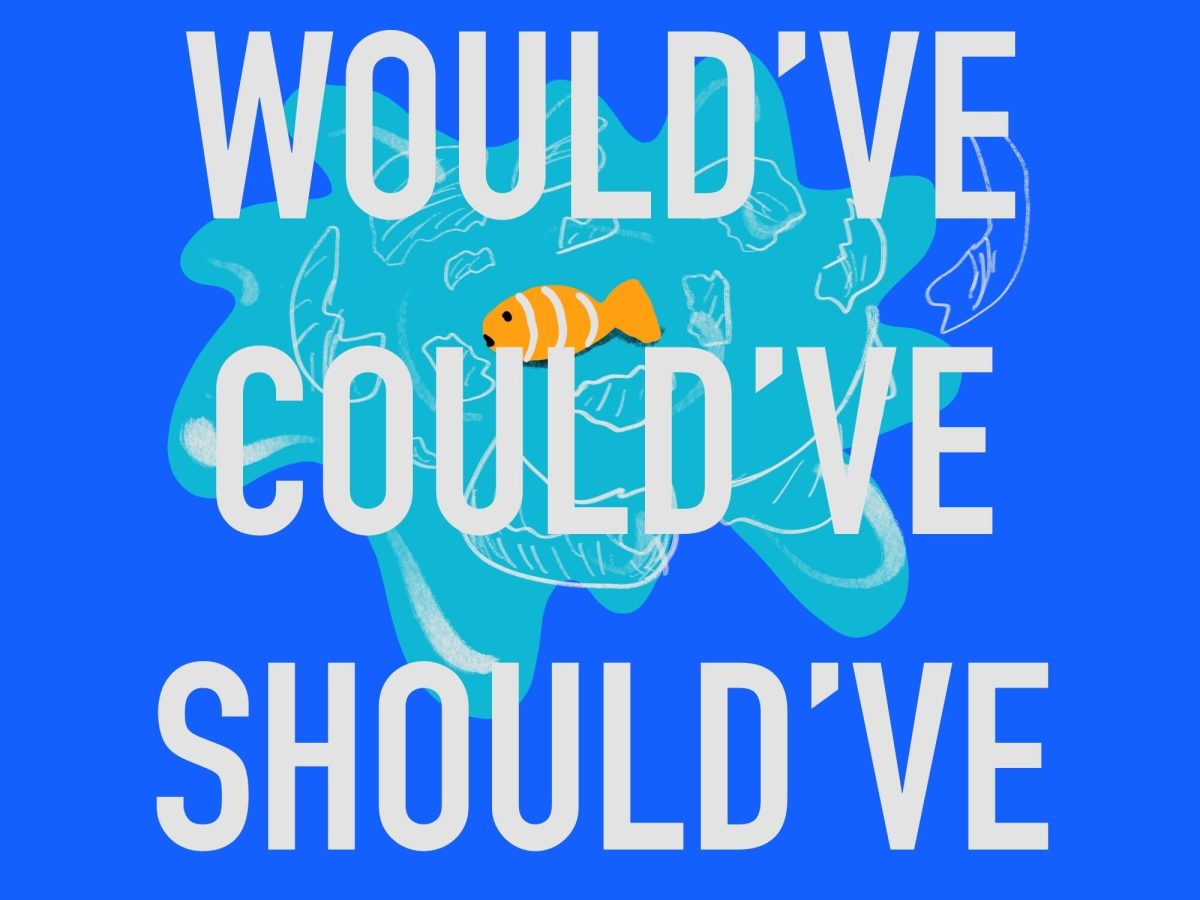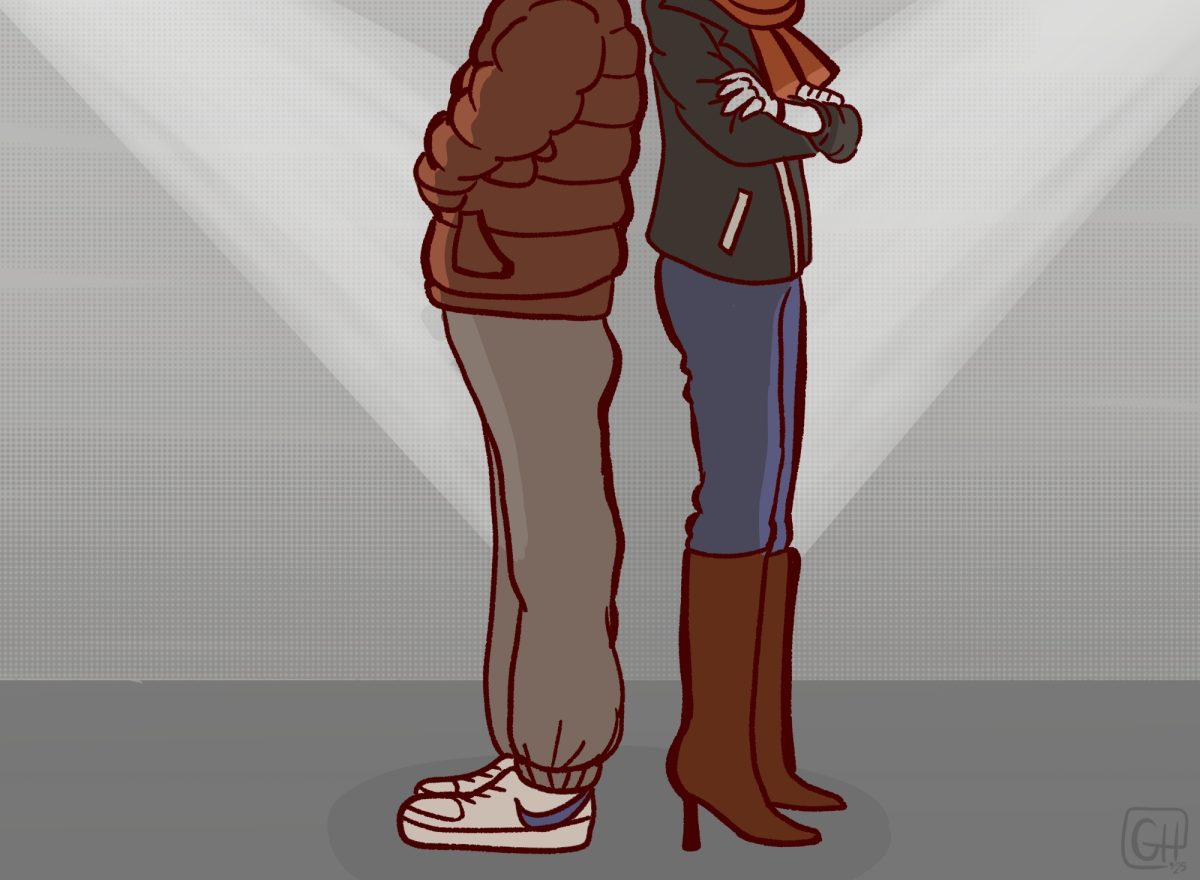To help visually impaired people navigate through subway stations, a team of engineers has invented a smartphone application that will provide audio directions through public buildings and public transportation.
Aura Ganz, an electrical and computer engineering professor at the University of Massachusetts-Amherst, has been working with Massachusetts Commission for the Blind and her engineering students to create this application, which leads visually impaired people to their destination by way of several sensory landmarks that they have to reach.
“We have been working together for about six to eight years on this vision,” Ganz said. “We’re finally making it a reality.”
To work, the user must enter their destination and whether or not they are using public transportation into the phone. Then the application, PERCEPT, works by connecting the application with Near Field Communication tags that will be placed around the building, either behind existing signs or on fixed structures. The user will tap their phone to the tag, similar to tapping a CharlieCard to the reader, as they meet the different landmarks.
“All the person will need to have is a smartphone with this app and the building has to be equipped with NFC tags … it’ll be like a vision-free interstate where they can enter a destination,” Ganz said. “We have an algorithm that generates the instructions automatically. They’re given specific landmarks that they have to reach on the way to the destination.”
Ganz’s invention is being tested in Massachusetts Bay Transportation Authority’s Arlington Station. The Federal Transit Administration granted the MBTA over $200,000 to test this invention and analyze if it is worth implementing throughout the state.
The testing should begin in about a year, said Larry Haile, a system-wide accessibility coordinator for the MBTA.
“It’s more of a pilot to see whether it has any merit in terms of being used in the station environment,” he said.
Haile said assistance for visually impaired people is incredibly rare in public transportation, but hopefully this will provide a method for them to get around safely.
“Generally, very few transit agencies do anything with regards to people with visual impairment,” he said. “[This will] try to alleviate one of the major difficulty areas to visually impaired people, using public transportation. With the PERCEPT system, they’d have the opportunity to navigate through the station with little to no difficulty.”
Some residents said this program would be beneficial but difficult to carry out throughout Massachusetts.
“Anything to make it easier for people with such a disability is worthwhile,” said Sherry Racine, 32, of the South End. “But it seems like it will take a while to put throughout all T stations, especially since the testing won’t even begin for a year.”
Michael Bird, 49, of Jamaica Plain, said this may be a costly project but worth the money.
“It will definitely be a tough project to put into all the MBTA stations,” he said. “But we can’t just neglect these people. They already have a huge disability, we should do all we can to help them.”
Jim Holevas, 67, of Dorchester, said the MBTA and the government should make this a focus on a much wider scale.
“I’m surprised we aren’t assisting the blind much more,” he said. “We give a lot of attention to so many other disabilities, making everything wheelchair accessible, and we pay attention to so many other issues … but there should be much more help given to visually-impaired people. I can’t imagine being independent and getting around without my eyesight.”

